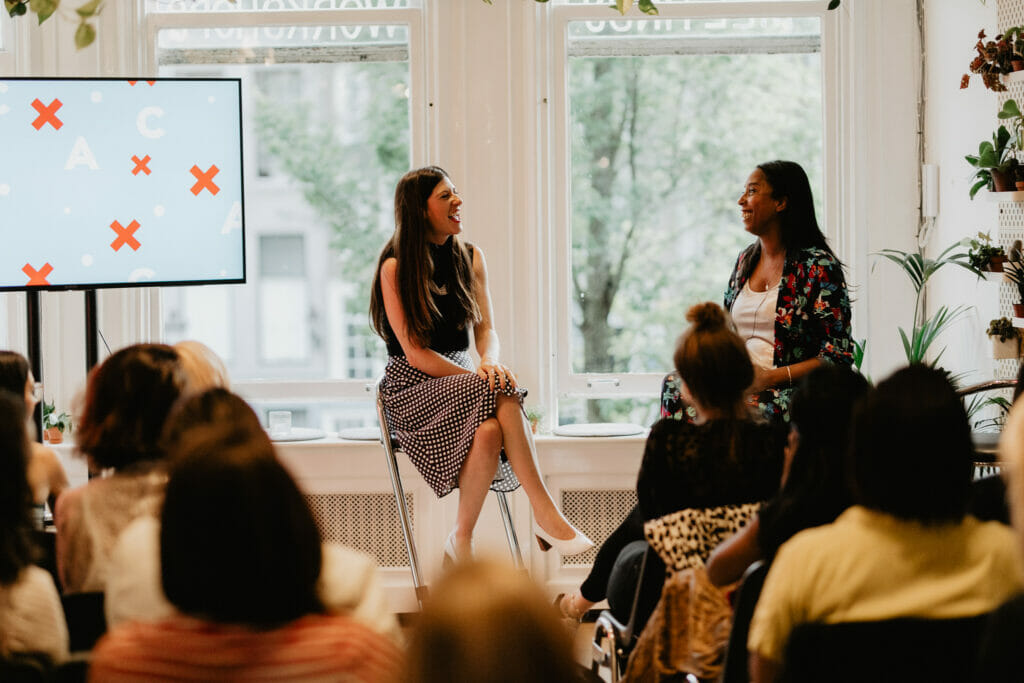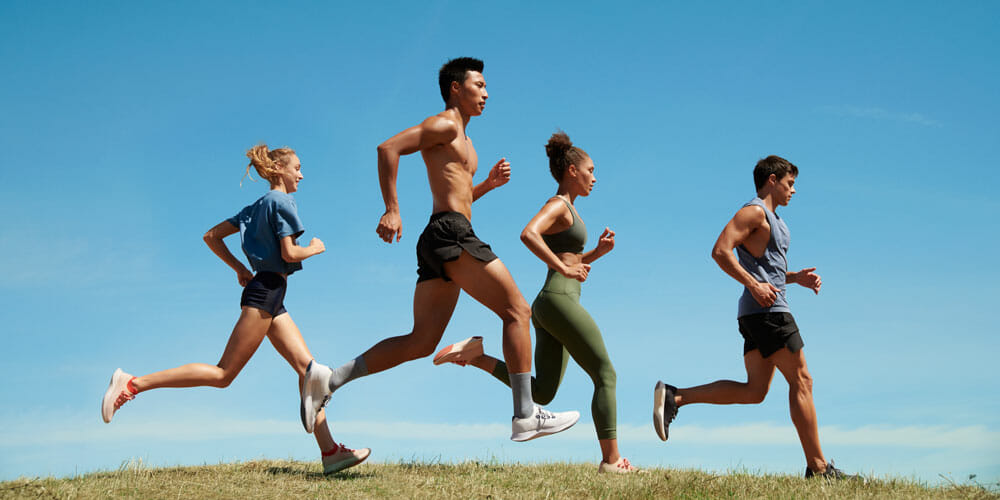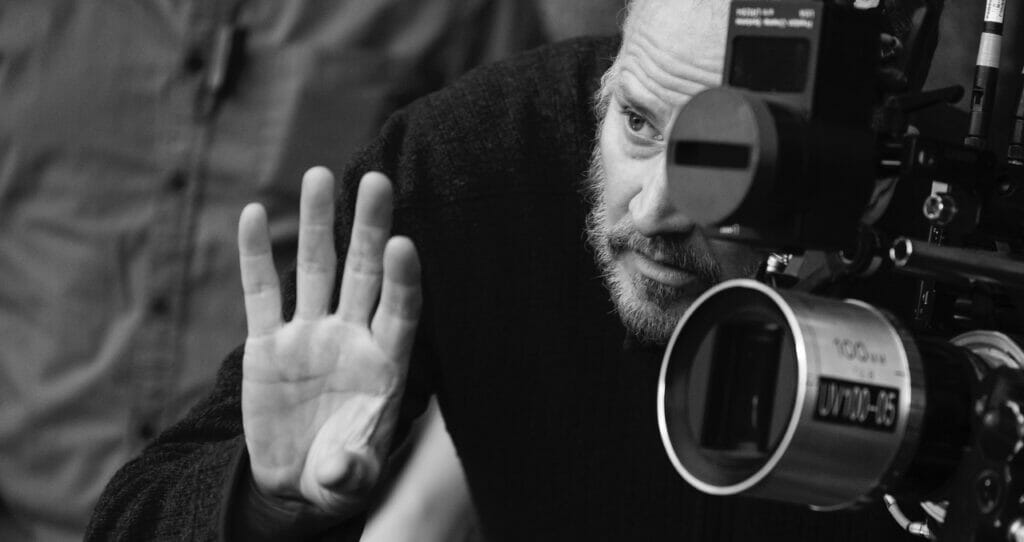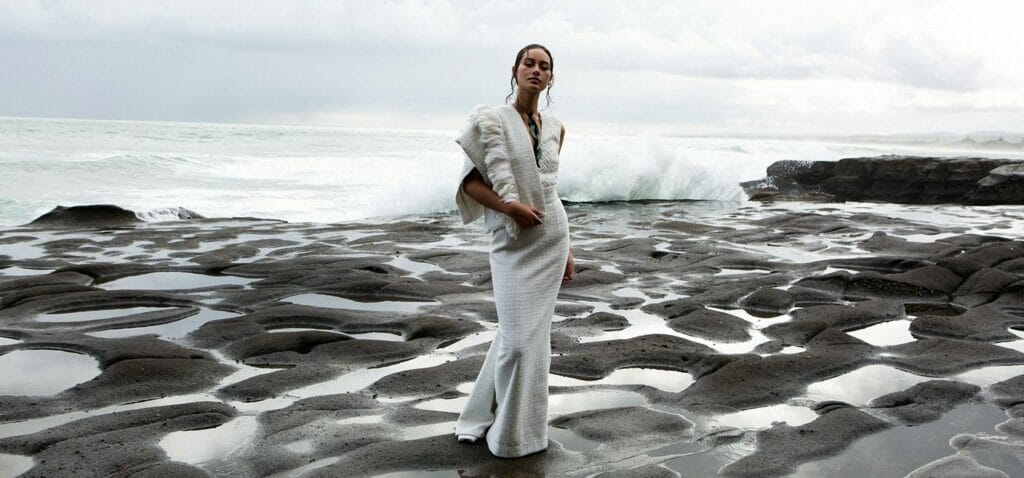
Semipermanent was held recently in Auckland, bringing together people from a number of creative fields and backgrounds. What do you think the key benefits are of bringing together people from multiple disciplines?
Most creatives live and work in silo’s, so popping your head out every now and then and being exposed to other creative minds, especially form other disciplines is soul food. Semipermanent had a fantastic team and partners that ran a well-oiled stress-free event…it was an absolute pleasure from a speaker perspective.
I am always fascinated by people who are able to harness what I describe as original thought, creativity that has been developed by the individual’s line of experience and ability to process that experience into creative outcomes. It takes bravery at first to acknowledge and trust in one’s creative intuition, but once you’re in your sweet spot and confident the creativity is endless…
Sitting in the Kiri Te Kanawa theatre I kinda found myself thinking about the bravery and self-belief she would have had to have harnessed to live out her journey, it made me look around the theatre and appreciate that any one of the people in that space had the potential of reaching the top of their game in their given fields. There’s power in the sharing and collaboration of creativity and by hearing others stories it inspires or teaches us all a little something…
When you spoke recently at Semipermanent you talked about the importance of surrounding yourself with a supportive tribe, what impact has this had on your success?
My chosen tribe is the reason I walk this planet with 100% confidence in who I am, where I’ve come from and where I’m going. No matter what goes down, I have humans that would bury bodies for me hahahahhaha!
I do an exercise every now and then, I call it my happy metre. I make a list of all the people that truly make me feel happy and energised, then a list of the people who make me feel drained or leave that yuck feeling in my tummy, followed by a list of who I spend most of my time with… it’s a very efficient pathway to the truth about your current relationships and what you should be aware of from an energy and health context. Your chosen tribe can be filled with all kinds of people, every friendship or relationship is different, however I feel it’s important that the majority of your chosen tribe want to see you living a happy and fulfilled life, they will be there to tautoko (support) you on the good days and especially on the bad days, you belly laugh with them, there is zero judgement and they are loyal, always!
From a creative perspective there is a lovely feeling of tau (settled, content) that you have when you are able to let go of fear and dream big, the offset of dreaming big of course is the fall if it all fails. My chosen tribe gives me a sense of confidence when dreaming big, as I know the real things, the real people, the things that truly matter will always be there whether the dream comes off or if it fails.
Last time we spoke was pre-COVID-19, how has this changed landscape affected your work and the fashion industry as a whole?
2020 has been a year right! There has been the heart wrenching stories of loss and the inability to say good-bye, the feeling of displacement, isolation and negative effects on mental health and I’m quite sure we will all be dealing with the post traumatic effects for some time to come. However, for our little whanau I think the kids were hit most, and home schooling is definitely not one of my superpowers. But were looking forward to resetting over summer and hitting 2021 with focus and aroha.
As for the fashion industry I think it’s had a profoundly positive impact, consumers were starved of access, then asked to think more consciously about the way they purchase whether that be local or from more sustainable and transparent providers. Designers and businesses within the industry can no longer process without thinking about their impact on the world, and this in itself is an absolute win for everyone! It is irrelevant if brands are incentivised by survival instinct or are consciously moving toward better practice, the outcome is a more sustainable look at people and planet.
It has felt like a breath of fresh air for us as a company. The philosophy and values that we’ve always upheld are now being championed, a look towards indigenous practices for overall hauora (wellbeing) in the way we function as humans and as businessmen and women is being acknowledged and valued as an intelligent way forward. In so many ways the things that had always seen us placed outside the gated walls of the New Zealand Fashion Industry have now become the must have accessory. We have an extremely loyal client base and they strongly supported us over this year.
There has also been shifts within the support of the Kāhui Collective as it seems everyone wants to collaborate now so Kāhui acts as a reference point or successful example of that. It’s a funny old world, but there’s always ways of finding the positive in the most awful of times and in the ten years of running KIRI NATHAN, I’ve never seen more opportunity than right now.
How do you think your approach to challenges has impacted your success?
Like all start ups we had the challenge of capital and resource, we also had the challenge of an industry not accepting our cultural ethos and aesthetic. Because of this we learnt very early on how we had to view challenge, in simple terms we didn’t see NO as a NO, we saw it as a relationship that didn’t support our values therefore wasn’t someone or somewhere we wanted to be and we kept moving until we found our champions.
I am an annoyingly optimistic dreamer, so this often helps me move past challenge, I focus wholeheartedly on the desired outcome and work towards it, I try not to get caught up in the he said she said bullshit, tall poppy syndrome or haters, I often channel Merata Mita when I need a little extra kaha (strength) and I know in my heart if I’m working or fighting for what feels right in my puku and its for the betterment of more than me and mine, then I’m on my correct projectory.
I also don’t care about other peoples perception of what they think my success is or should be, my idea of success is based on Jason the kids, our chosen tribe and trying to create pathways for up and coming indigenous designers.
What are your three top tips to young people in New Zealand looking to start a career in fashion right now?
Build your chosen tribe, your champions.
Make a strategic plan, fill it with your wildest dreams, start working towards achieving it and work your butt off.
Understand very clearly what your why/purpose is, what your values are and stay true to them. Never copy, always create from original thought that has developed from your line of experience, your whakapapa, your creative intuition.
What’s next for you and the Kāhui Collective? Anything we should be keeping an eye out for?
The KN brand is currently looking to grow, we need a commercial lease in Glen Innes or Mt Wellington and to take on a few staff as of January. The Kāhui Mentorship program will kick off in February 2021 and we are looking to launch the Kāhui online platform in March 2021. We are constantly seeking support for Kāhui so if there’s anyone in the network that aligns with our vision to build the first commercial Māori fashion industry then wed love to hear from them.
HOW KEA CAN HELP YOUR BUSINESS GROW
Kea Connect
Kea Connect is a free service that will help your business grow offshore. We connect you personally with regional, sector-specific experts and peers.
Resources
Kea is here to help New Zealand businesses grow offshore. Be inspired and hear advice from businesses who have created their export path.
Jobs Portal
Looking for the right talent for your team? Reach our global Kiwi community through the Kea international job portal.

 MENU
MENU

